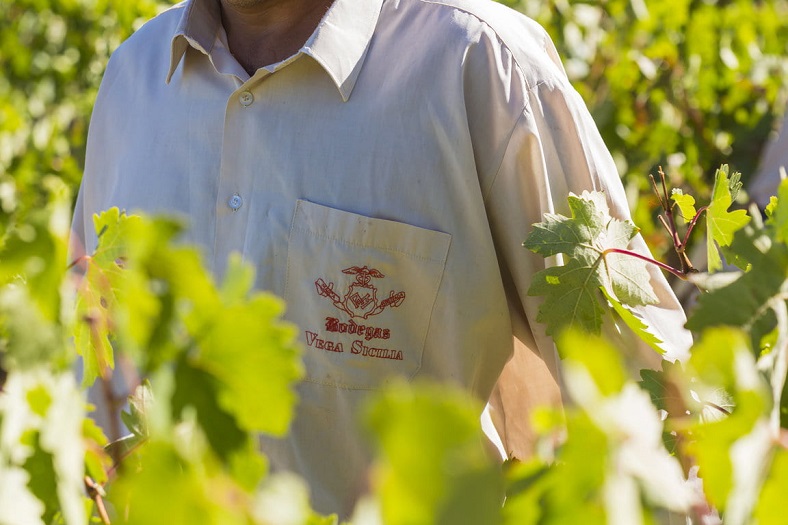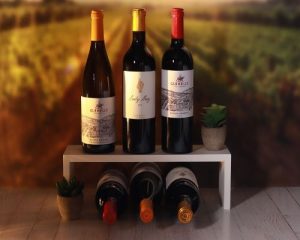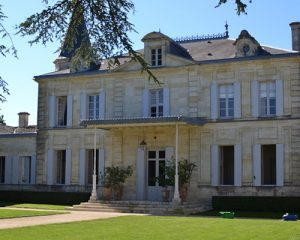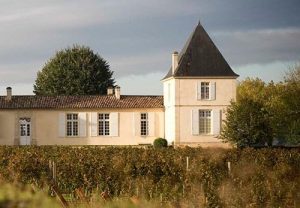
The Vega Sicilia estate keeps the Ribera del Duero on its toes. At once a legend with long-established renown and a motor for change, we explore how this Castilian domain has traced a fascinating path from Bordeaux inspiration to unique identity.
A noble history
The history of the Vega Sicilia estate does not go as far back as Antiquity or the Middle Ages, but it has a rich and interesting culture at its roots. It was only in 1864 that Eloy Lecanda founded the domain, one that still embodies the excellence of Spanish wine making. At the time, inspired to emulate Bordeaux’s great Médoc wines, he planted mainly Cabernet Sauvignon, Merlot, Malbec and Carménère vines. Later on, in 1904, Domingo Garramiola, a key figure in the history of Vega Sicilia, began to specifically apply Bordeaux techniques of vinifying and maturing in the winery. This work bore fruit in 1915 when the estate’s two legendary wines came into being; the unforgettable Unico and Valbuena cuvées.
The new owners, the Herrero family, decided to reserve their wine for only a very exclusive group: their friends. This is how the bottles of Vega Sicilia began to circulate among the upper middle class and the aristocracy. The only condition for getting your hands on one of these bottles? Well, you simply needed to be a close friend of the Herreros. The legend of the most exclusive wine in Spain was born, a range that even money could not buy.
After the Spanish Civil War (1936-1939), the winery went through a slump that lasted for several decades. But in 1982, a new lease of life was given with the arrival of the Alvarez family and their investment in the vineyards, under the authority of oenologist Mariano Garcia. Since then, this family of entrepreneurs has launched parallel projects in Hungary (Tokaj), and in other wine-producing areas of the province of Valladolid (Toro and Peñafiel).
An extraordinary estate
On this 1000-hectare estate, which can rise up to 700 metres above the river Duero, 210 hectares are given over to vines. Today, the original Bordeaux grape varieties have become complements (20% Cabernet Sauvignon, Merlot, Malbec), and the Tempranillo has regained its native place (80%). The climate is continental, with an Atlantic influence. The estate enjoys low rainfall, plenty of sunshine, and the Duero River brings morning mists that keep the wine cool.
The wines of Vega Sicilia are known for their very long maturation. They spend a minimum of two or three years in new barrels, then are transferred for a few more years to older oak barrels or foudres, before resting in the bottle for sometimes up to four years. Vega Sicilia’s landmark cuvée will not reach the taste buds of its lucky buyer before at least ten years from the time of harvest.
The result on the palate is unique: aromas of candied fruit, spicy notes, and an unrivalled tannic softness, where Ribera del Duero wines are generally known for their power.
If you ever decide to travel through wine-producing Spain, Vega Sicilia is a must-see. Unlike many French châteaux and domains that remain closed to the public, Vega Sicilia welcomes visitors on guided tours of the “bodega” at all times. It retains its Castilian features, with its brick façade, and its interior includes a chapel built by the original owners. As for the facilities, their romantic and ancestral appearance has been replaced by pneumatic presses and stainless steel, in order to maintain the quality level required for the wines.
If your holiday is not planned yet, you can also buy the bottles of this great estate on our website. You’ll be joining an unusual line of wine lovers, including Winston Churchill and King Juan Carlos of Spain…



